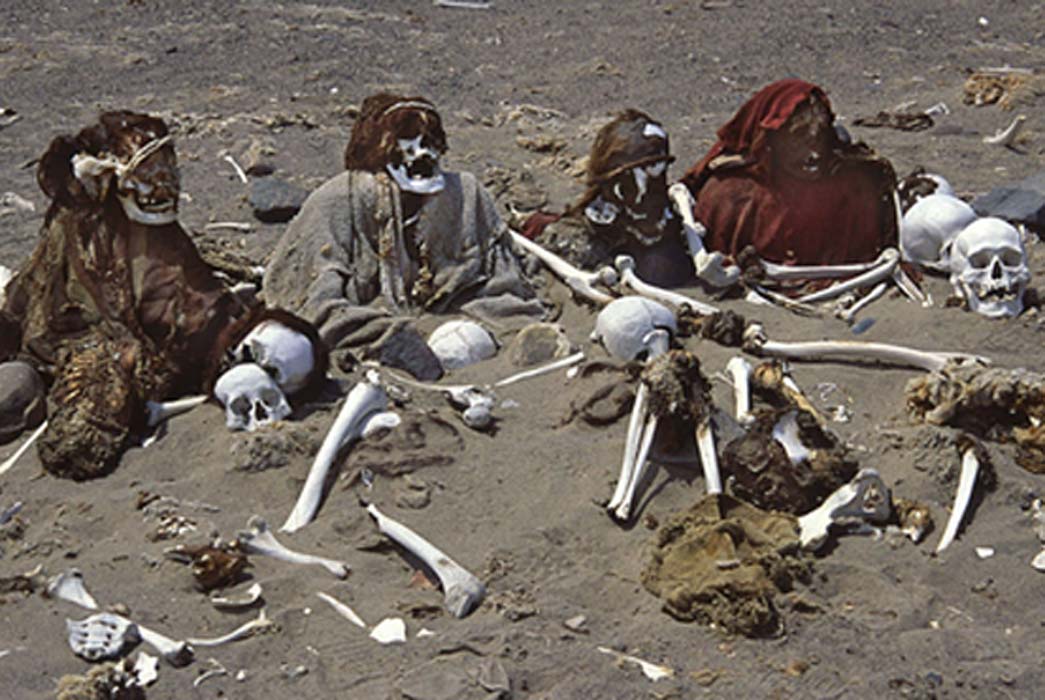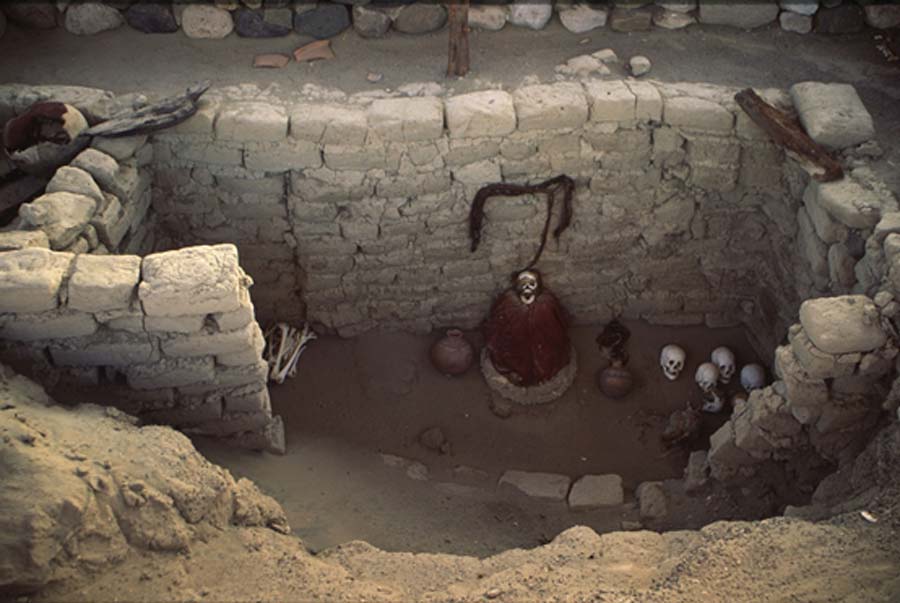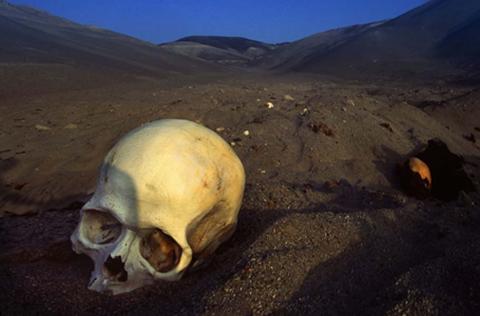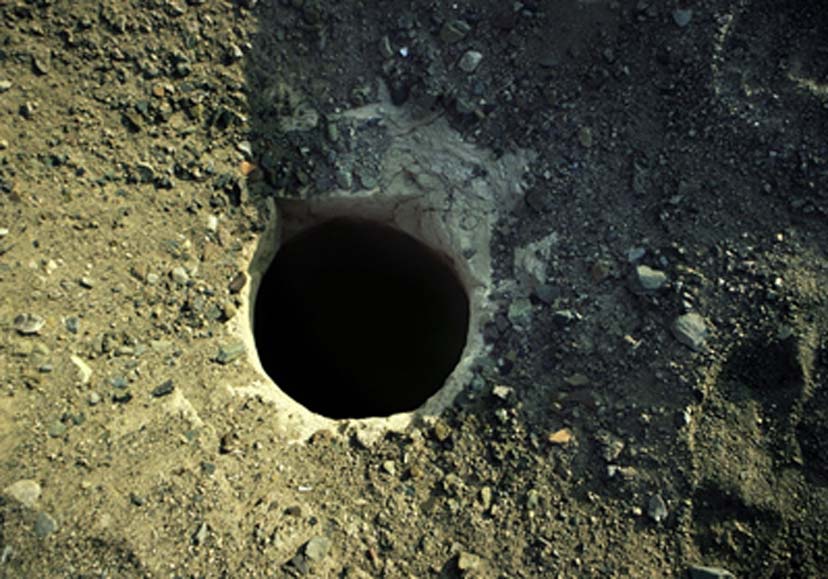
A Night with the Grave Robbers of Nazca
The Ica region on the southern coast of Peru, was once the homeland of the Nazca civilization, who thrived in the desert area from 2nd century BC to about 800 AD, due to their expertise in hydraulic engineering. The Nazca excelled in pottery, but they achieved global recognition for their geoglyphs, the famous Nazca Lines. Like their predecessors the Paracas, the Nazca developed exceptional skill in intricate weaving of textiles and it is precisely this skill that led to the unscrupulous exploitation of their ancestral cemeteries.

Example of a mudbrick tomb, with a mummy wrapped in precious cloth, accompanied with pottery and decapitated skulls at Chauchilla Cemetery. (Image: Willem Daffue)
Nazca Chauchilla Cemetery
Located about 30 kilometers (19 miles) from Nazca, the Chauchilla Cemetery consists of several mud-brick tombs where the Nazca were buried. In 1920 the cemetery was discovered and revealed bodies painted with a resin to slow down bacterial decomposition. The dry arid climate also served to preserve these bodies to such an extent that they still retained their hair and some skin after centuries. Like most ancient civilizations, the Nazca buried their elite with an array of possessions, including pottery and jewelry, but was it was not these items that led to the desecration of the graves.
A booked tour to the Chauchilla Cemetery in Nazca, Peru costs a few dollars, but South African conservationist, explorer and adventurer, Willem Daffue, got more than he bargained for when he was invited on a special night time tour in the 1990s. Unsuspecting, he inadvertently landed up accompanying notorious grave robbers to the Atacama Desert, to an undisclosed grave site.

‘The desert floor was scattered with skulls and bones’ (Image: Willem Daffue)
Desecrating the Graves
Daffue describes his experience that night: “Gonzales digs in the sand like a man possessed. Pedro and Amigo shine their torches deep into the sand grave, encouraging Gonzales to work even faster. All three men are on a chemically induced high. In the beam of torchlight, the first object to appear in the sand is a human skull with long black hair still attached to the bone. Gonzales has difficulty in keeping the loose sand from sliding back into the grave. The rest of the body is wrapped in a reddish cloth. Gonzales lifts the mummy out of the grave, where the eager hands of Pedro and Amigo hastily unwrap it. In the process the head is dislocated and unceremoniously tossed to the side, where it lands in the soft desert sand, close to my feet. Empty eye sockets stare into nothingness. The unwrapping becomes a frantic tearing and breaking of the mummy the moment they realize that what they are looking for is not there. Then Amigo jumps into the grave, digging out more sand. Pottery, and what looks like more human bones are excavated with the sand. Their initial excitement is replaced by disappointment and anger. Immediately they start looking for the opening of another grave.

‘A hole about 40 centimeters (1.4 feet) led to another buried tomb’. (Image: Willem Daffue)




